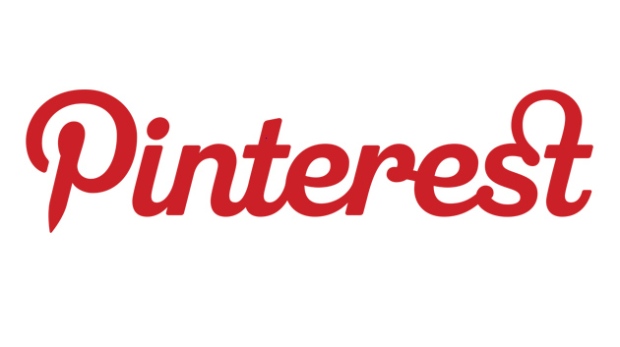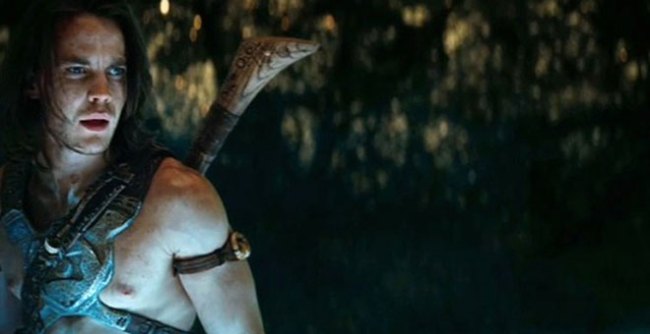Something has put a spark back into Taco Bell’s sales, and it isn’t the hot sauce!
Yum Brand Inc owns Taco Bell as well as KFC and Pizza Hut have announced a 6% growth in the Taco Bell sales for this quarter. Up from a 2% sales decline in the last quarter.
Yum’s CFO Rick Carucci predicts the next quarter’s growth to be in the low double digits.
The company attributes the sudden rise in sales to the introduction of the Doritos Locos Taco that was added to the menu March 8th, 2011.
The Doritos Locos Taco is a traditional Taco Bell taco, except the outside shell is actually made of Nacho Cheese Doritos. The product is a huge hit and is slowly gaining a cult following, similar to the McDonald’s McRib.
Rick Carucci says the full impact of the product will reflect in the current quarter.
The company also plans to introduce more Doritos flavored options such as Cool Ranch flavor as well as expanding its new breakfast items to more Taco Bell franchises.
There are also plans to make a luxury option of Taco Bell called Cantina Bell crafted by chef Lorena Garcia. The menu features fresh ingredients and a lower price point than Chipotle.
Taco Bell’s innovation with the Doritos Locos Taco and its strong marketing aimed at teenagers is paying off beautifully. The company is taking risks and reinventing itself, tossing the stigmas of the past that it had tarnishing its image.
Developing new ideas that turn into sales are a focal point of our operation at 347 Design. Our creative teams objective with every client is to think outside the box of traditional marketing techniques and develop new ideas.
-Paul










